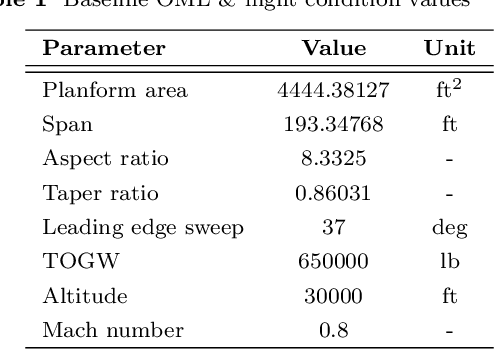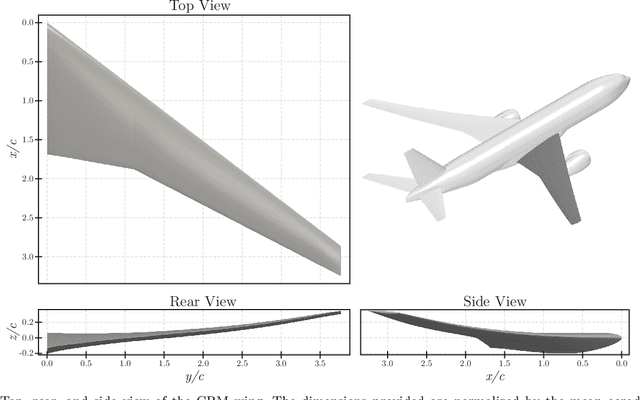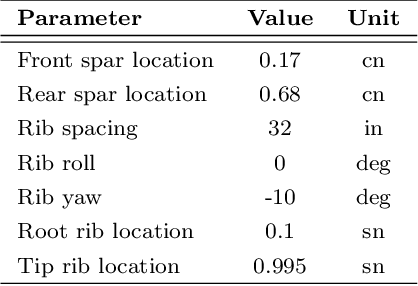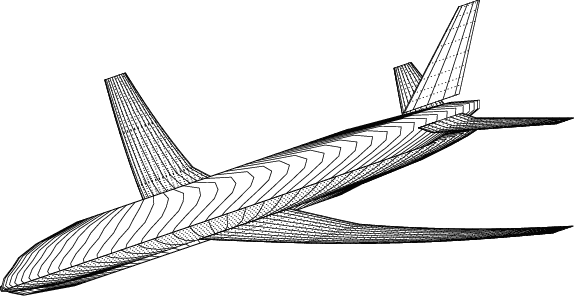Christian Perron
ASDL, Daniel Guggenheim School of Aerospace Engineering, Georgia Institute of Technology, Atlanta, Georgia
A Multi-Fidelity Methodology for Reduced Order Models with High-Dimensional Inputs
Feb 26, 2024Abstract:In the early stages of aerospace design, reduced order models (ROMs) are crucial for minimizing computational costs associated with using physics-rich field information in many-query scenarios requiring multiple evaluations. The intricacy of aerospace design demands the use of high-dimensional design spaces to capture detailed features and design variability accurately. However, these spaces introduce significant challenges, including the curse of dimensionality, which stems from both high-dimensional inputs and outputs necessitating substantial training data and computational effort. To address these complexities, this study introduces a novel multi-fidelity, parametric, and non-intrusive ROM framework designed for high-dimensional contexts. It integrates machine learning techniques for manifold alignment and dimension reduction employing Proper Orthogonal Decomposition (POD) and Model-based Active Subspace with multi-fidelity regression for ROM construction. Our approach is validated through two test cases: the 2D RAE~2822 airfoil and the 3D NASA CRM wing, assessing combinations of various fidelity levels, training data ratios, and sample sizes. Compared to the single-fidelity PCAS method, our multi-fidelity solution offers improved cost-accuracy benefits and achieves better predictive accuracy with reduced computational demands. Moreover, our methodology outperforms the manifold-aligned ROM (MA-ROM) method by 50% in handling scenarios with large input dimensions, underscoring its efficacy in addressing the complex challenges of aerospace design.
Manifold Alignment-Based Multi-Fidelity Reduced-Order Modeling Applied to Structural Analysis
Jun 14, 2022



Abstract:This work presents the application of a recently developed parametric, non-intrusive, and multi-fidelity reduced-order modeling method on high-dimensional displacement and stress fields arising from the structural analysis of geometries that differ in the size of discretization and structural topology.The proposed approach leverages manifold alignment to fuse inconsistent field outputs from high- and low-fidelity simulations by individually projecting their solution onto a common subspace. The effectiveness of the method is demonstrated on two multi-fidelity scenarios involving the structural analysis of a benchmark wing geometry. Results show that outputs from structural simulations using incompatible grids, or related yet different topologies, are easily combined into a single predictive model, thus eliminating the need for additional pre-processing of the data. The new multi-fidelity reduced-order model achieves a relatively higher predictive accuracy at a lower computational cost when compared to a single-fidelity model.
 Add to Chrome
Add to Chrome Add to Firefox
Add to Firefox Add to Edge
Add to Edge